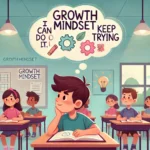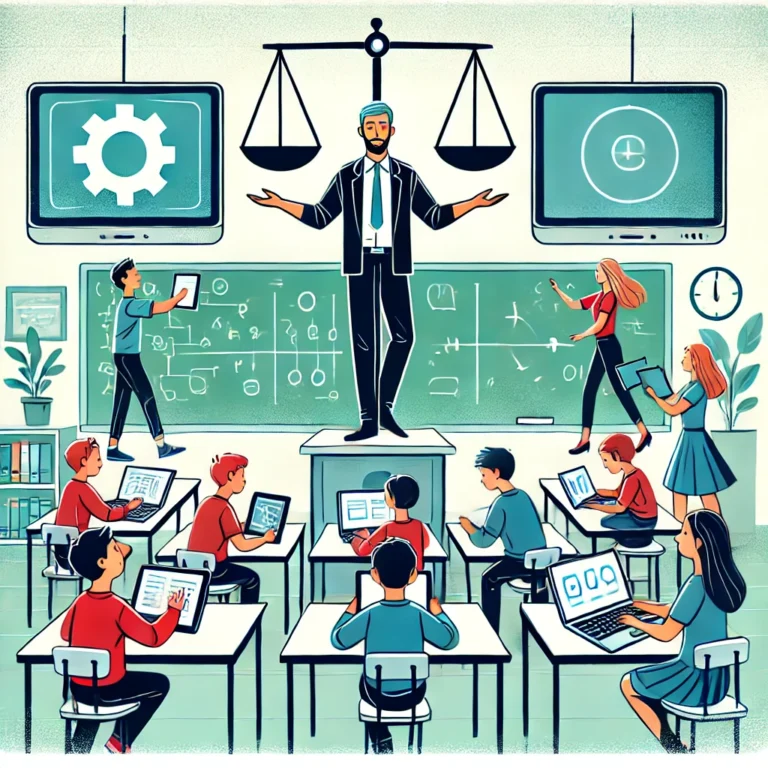In today’s educational landscape, technology plays an increasingly important role in the classroom. From interactive whiteboards to digital learning platforms, the tools available to teachers are more advanced and diverse than ever before. However, while technology offers numerous benefits, it’s essential not to lose sight of the value that traditional teaching methods bring. Balancing these two approaches can enhance the learning experience and cater to the diverse needs of students.
One of the primary advantages of technology in education is its ability to engage students in new and exciting ways. Digital tools can make learning more interactive, offering students the opportunity to explore subjects through multimedia, simulations, and online resources. For example, using educational apps and games can make subjects like math and science more accessible and enjoyable, particularly for students who might struggle with traditional teaching methods.
However, the reliance on technology should not overshadow the importance of face-to-face interaction and hands-on learning. Traditional teaching methods, such as direct instruction, group discussions, and hands-on activities, play a crucial role in developing critical thinking, communication, and problem-solving skills. These methods also foster a sense of community and collaboration in the classroom, which is essential for students’ social and emotional development.
The key to balancing technology and traditional teaching lies in integrating them in a way that complements each other. For example, teachers can use technology to introduce new concepts or provide additional resources, but still rely on traditional methods for deepening understanding and applying knowledge. A blended learning approach, where students engage with both digital and physical materials, can offer the best of both worlds.
One effective strategy is to use technology as a supplement to traditional instruction. For instance, after a lesson on a historical event, students might watch a documentary or explore an interactive timeline online to reinforce their understanding. This combination allows students to benefit from the depth of traditional teaching while using technology to enhance their learning experience.
It’s also important to consider the diverse needs of students when balancing these methods. Some students may thrive in a tech-heavy environment, while others may feel overwhelmed or disconnected. Providing a variety of learning experiences—both digital and traditional—ensures that all students have the opportunity to engage with the material in a way that suits their learning style.
Another consideration is the potential for technology to create distractions. While digital tools can be incredibly beneficial, they also come with the risk of students becoming disengaged or distracted by non-educational content. Establishing clear guidelines and expectations for technology use in the classroom can help mitigate these risks and keep students focused on learning.
Finally, it’s essential to remember that technology is a tool, not a replacement for good teaching. The most successful educators are those who use technology to enhance their teaching, not to replace it. By thoughtfully integrating technology into traditional teaching methods, teachers can create a more dynamic, engaging, and effective learning environment.
In conclusion, balancing technology and traditional teaching methods is about finding the right mix that works for both the teacher and the students. By combining the strengths of both approaches, educators can provide a well-rounded education that prepares students for the future while also preserving the valuable skills and experiences that traditional methods offer.


